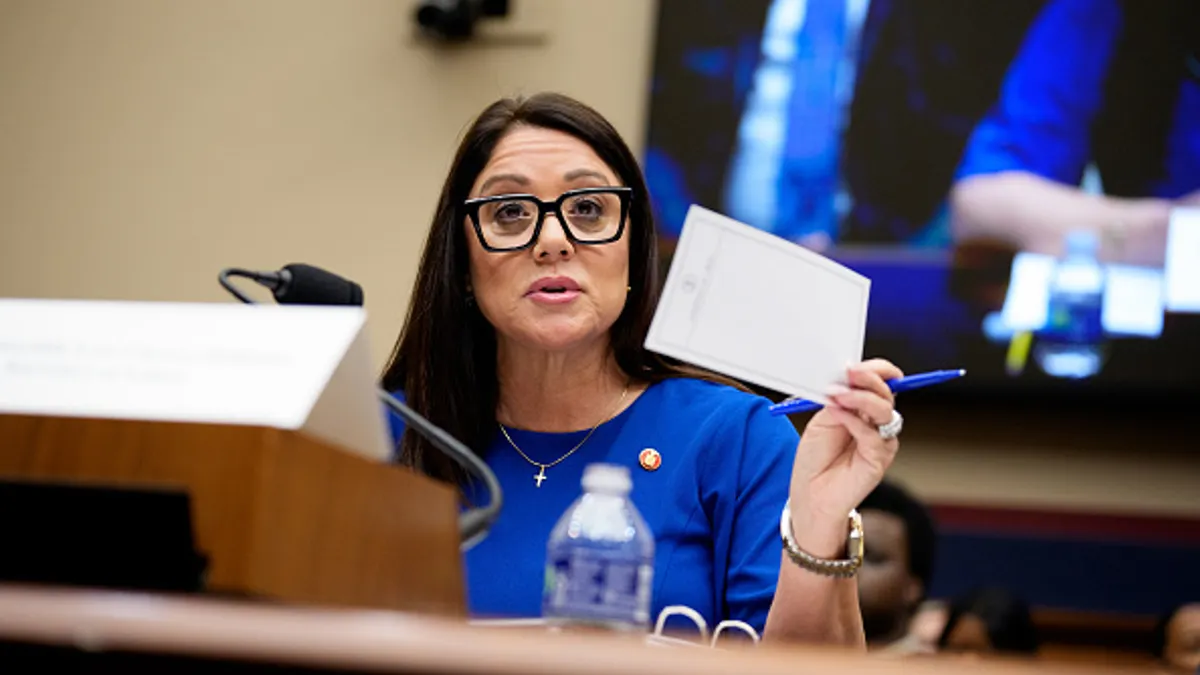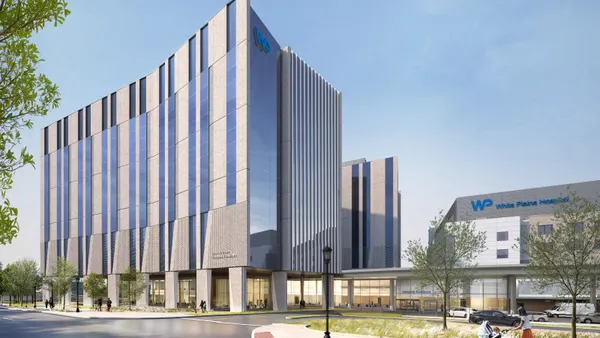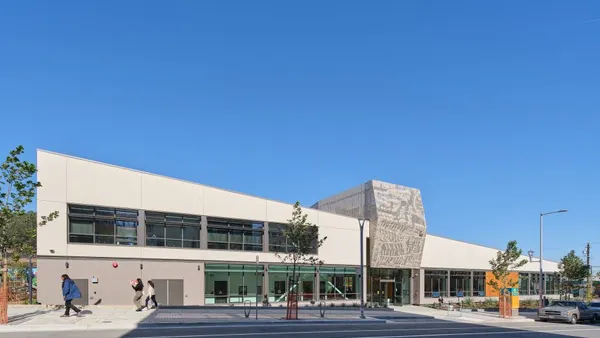John Whitcraft isn’t ready to give up on paper construction documents, even as he admits the iPad has become standard job-site issue for contractors across the country. Likewise, Whitcraft — the president and founder of San Diego-based Whitcraft Engineering Solutions — isn’t sold on augmented reality for the AEC industry but sees great possibilities in the use of virtual reality for safety and repetitive-task training.
A former product and test engineer for Qualcomm and past instructor at the San Diego Electrical Training Center, Whitcraft has worked on electrical engineering projects large and small across the Golden State. He places a high degree of importance on detailed, accurate construction documentation — even if it's on paper. Construction Dive talked with Whitcraft about technology without connectivity, his migration to "soft-copy” project management and new uses for drones he's seeing in the field.
This interview has been edited and condensed for brevity and clarity.
What are some of the big projects you’ve been working on so far this year?
WHITCRAFT: We were called in to help with some of the engineering at the American River College aquatics complex in Sacramento, CA, where we had to quickly learn designs from the Arch Pac [architecture and engineering] team and then fix some as-built problem areas — a really great experience working with an aquatic architect on a project that will be used for Olympic training.
We’re also working on the electrical infrastructure for the Los Angeles Regional Interoperable Communications System (LA-RICS), which will upgrade the radio and broadband communications for first responders across Los Angeles County. And we’re doing some pro bono work for the electrical redesign of a naval hospital as part of the Warrior Foundation Freedom Station program in San Diego.
That’s a lot of job site diversity. Are you typically engaged in a wide variety of projects?
WHITCRAFT: Yes, although it feels best to be helping out with returning soldiers and ensuring they have a place to stay.
How many of your projects have embraced the move to fully digital, paperless project workflow and management?
WHITCRAFT: I still really like to put my hands on construction documents and feel the paper and look at the pages and mark them up — that's a cool part of what I do that I don’t want to get away from. But what happens when somebody makes a change? Every time you have to create a new set of documents, it’s a couple hundred bucks and that is a big deal, plus the logistics of getting them out to everyone. So in addition to hard copy, we’re more and more getting to what I call the soft copy, on the iPad. I still don’t think you can see the totality of the project as quickly as you can with a paper set [in that case], but you can better understand how all of the project components are interfaced.
Where do you think technology has made the biggest impact on the job site?
WHITCRAFT: There are still a lot of bells and whistles and buzz surrounding construction technology. As part of the LA-RICS project, we’re working out on Santa Catalina Island [in California] with either zero or extremely spotty cellular, Wi-Fi and LTE. You have to stand at the end of the dock nearest Los Angeles to get a signal with no obstructions. The funny thing is that there are thousands of construction sites that are similarly off the grid or don’t have Wi-Fi or cellular networks that a lot of the new technologies depend on. That said, the iPad has clearly arrived as a standard contractor tool. Everybody’s got them now.
What’s your No. 1, can’t-do-without-it construction technology?
WHITCRAFT: There are a couple of simple apps that I can’t do without. I love Southwire’s Voltage Drop Calculator as well as their Conduit Fill Calculator. Those have allowed the industry to evolve from looking things up in a book and doing manual calculations. I’m also a big fan of Bluebeam’s workflow and construction management software.
What’s your favorite non-construction technology?
WHITCRAFT: QuickBooks. As a small firm, I have found it to be a wonderful tool to dispatch estimates, receive purchase orders, and send an invoice and get paid. It has significantly cut down on the need for external accountant services.
Do you think there is a digital divide between the haves and have-nots in construction technology, where huge general contracting companies are deploying telematics, VR and autonomic equipment whereas, in reality, the majority of U.S. job sites remain completely analog?
WHITCRAFT: Things like AR still seem to be sales tools for convincing project partners on certain processes. I don’t see any builders actually using that stuff. They still just take the best print rendering they can and pin it to the wall. I still have a question over the safety issue of AR goggles on the job site. The goggles I’m wearing are to protect me from arc flash, not provide video information.
When it comes to telematics and autonomous machines, there are applications where a loader pilot could remotely control equipment if the machine can interpret some of the complex hand signals used to guide it. Certainly VR is a great idea for training. I’d love to see VR used to help train people to use a fire extinguisher without actually having to use it. Not many people have actually touched a fire extinguisher and know how to use it quickly. In the end, there will always be some things you actually have to do in order to learn how to do them.
What about drones? Thumbs up or thumbs down?
WHITCRAFT: I definitely see drones as an advancing technology when it comes to surveying spaces, and they are also being used effectively for inspections, insurance and security at a cost that makes them worth considering. In electrical, there have even been some successful examples of using drones to clean and maintain power lines by washing accumulated salt deposits off of the wires.
What is top of mind as you look at maximizing success in 2017?
WHITCRAFT: We’re taking a close look at energy management and how it will be impacted by changes in code. Title 24 just got tougher in California even as interpreting the code has been simplified. It’s still something we need to read and incorporate and understand, as code compliance will always be key for plans to get signed off on and accepted quicker. And, of course, everyone wants to save energy — to the point where auto on/off [technology] based on occupancy isn’t just a nice-to-have in commercial construction in California. Moving forward, it’s the law.













